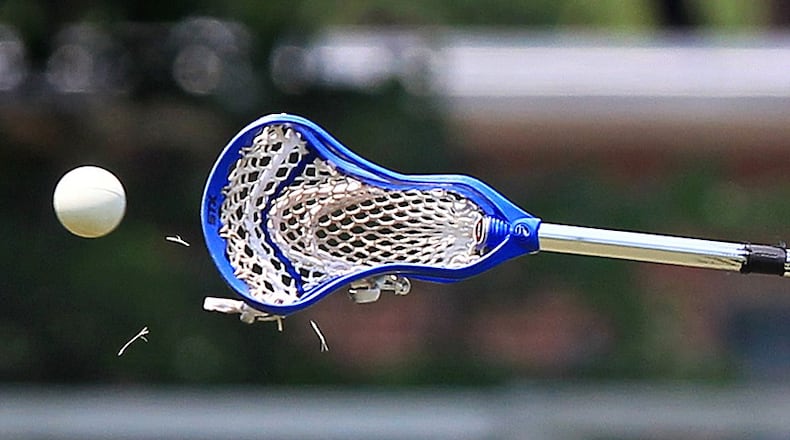In a guest column, Dr. Cecil Bennett of Newnan Family Medicine talks about the risks to young athletes from the traumatic heart injury suffered by pro football player Damar Hamlin during a recent game.
Bennett attended Morehouse School of Medicine. During his fourth year in medical school, Bennett became president of the Student Government Association. He has served on the Morehouse School of Medicine Board of Trustees and is now an adjunct faculty for the Morehouse School of Medicine Department of Family Medicine.
He has three children, one of whom plays college soccer.
By Dr. Cecil Bennett
Many parents who love or have played sports have great expectations for their children to one day play for our alma mater or go all the way to the professional ranks. As kids climb the sports ranks, though, the stress on their bodies, specifically their heart, becomes greater.
Do some of our kids have a ticking time bomb in their chest? The medical condition commotio cordis has been in the news lately and is thought to be the cause of the sudden collapse and cardiac arrest of NFL player Damar Hamlin. A lot has been said about the violence of football. This incidence serves as another reminder of that reality.
Credit: Branden Camp
Credit: Branden Camp
The truth is, however, that this particular rare condition is much more common in young males around 14 years old who play baseball or lacrosse than it is in football players. Commotio cordis is caused by the blow of an object, usually a hard ball, to a particular area of the frontal chest, at a specific time of the heartbeat.
This traumatic blow throws the heart into an abnormal rhythm called ventricular fibrillation that can stop the heart and cause cardiac arrest and sudden death if proper medical intervention does not occur within three minutes of the trauma.
I should stress that the risk of this event is extremely rare, just 30 cases annually. This is about the same risk of being killed by a lightning strike. That said, all precautions should be taken to prevent this deadly event. Coaches and parents should learn cardiopulmonary resuscitation, CPR, and how to use an automated external defibrillator (AED) device. AEDs should be at all organized sporting events.
Young athletes, who commonly freeze or turn into the pitch when it appears the ball is going to hit them, should be taught to turn away before getting out of the way of the pitch. If this exercise is taught repeatedly, muscle memory should kick in when an errant ball is approaching the child in a real game.
It should be noted that commotio cordis can occur in a child with a strong non-diseased heart. Should parents be concerned about genetic birth-related heart defects? The answer is yes.
Familial hypertrophic cardiomyopathy is a genetic condition in which heart muscle becomes thickened without a known cause. The thickened heart muscle becomes less able to pump blood efficiently and can lead to cardiac conduction problems called arrhythmias and cardiac arrest.
So why are athletes at risk? Athletic training puts a significant amount of stress on the heart. The heart responds to this stress in kids with this condition by thickening its muscle to manage the increased cardiac demand.
Theoretically, hard practice after hard practice can cause the heart to become thicker and thicker. Real game situations that cause both emotional and physical stress can cause the thickened heart to beat out of control, leading to a fatal heart rhythm and possible death during a game.
We have all seen videos of young people who suddenly collapse during basketball games. Hypertrophic cardiomyopathy is often cited as the cause. Here again, CPR response and the use of an AED can save lives. Coaches and parents should keep a keen eye on young athletes who faint, have excessive difficulty breathing, have chest pain, or a dramatic decline in performance. These kids should get medical attention and get a cardiac ultrasound and EKG to evaluate any potential underlying heart condition.
Parents with kids in organized sports want them to perform at their best. At the same time, we need to do everything we can to protect their health. Having the proper equipment on hand and seeking medical attention are key steps in keeping our children safe.
I’ll stress that coaches play a vital role in identifying at-risk kids, and having proper training in CPR and AED operation, so that if an unfortunate cardiac event occurs, they are ready.
About the Author
The Latest
Featured



